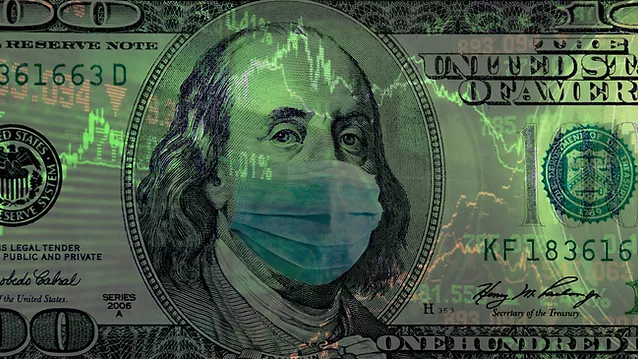On Thursday, the week’s rise in risky assets and currencies, such as the Australian dollar, faded, but the US dollar battled to reclaim lost territory as investors awaited the Federal Reserve’s critical policy meeting next week.

The Australian dollar remained constant at $0.7171, barely off Wednesday’s week high, after rising alongside equities this week, while the euro was steady at $1.1331, after soaring 0.7 percent to a week high of 1.1335 on Wednesday.
MSCI’s all-country world index is back near all-time highs, having enjoyed its best day in more than a year on Tuesday and has continued to rise since then.
Markets were roiled this week by reports of a new strain of COVID-19, which prompted investors to flee to safe havens last week, but investors have since taken hope from the evidence that the worst worries may not be realized.
In a laboratory experiment, BioNTech and Pfizer (PFE.N) said on Wednesday that a three-shot round of their COVID-19 immunization neutralized the new Omicron variation, indicating that booster injections may be necessary for protection against infection from the newly found version.
Global head of FX research at HSBC, Paul Mackel stated:
“I believe we will be stuck with the ‘virus-on’ and ‘virus-off’ nature of the Forex market for a long time. The headline risk associated with Omicron is quite significant, puzzling, and creating extremely volatile intraday movements.”
The pound fell to a year low on Wednesday as British Prime Minister Boris Johnson implemented stricter COVID-19 restrictions in England, including requiring individuals to work from home, wear masks in public places, and use vaccine passes.
It was quiet again on Thursday, having recovered somewhat to close at $1.3207.
Market players are finding it more difficult to estimate how quickly central banks will reduce pandemic-era emergency support and boost interest rates as a result of the new stress.
US Fed likely to declare tapering of its bond-buying program
In recent weeks, the differing schedules of banks have been a crucial force influencing currency markets. At its meeting next week, the US Federal Reserve is likely to declare that it will accelerate the tapering of its bond-buying program.
The risks of the Fed not announcing a speedier taper on December 15th, according to Nomura analysts, stem mostly from the Omicron variant. They believe that after the Omicron-related fears subside, the market will quickly re-prioritize US Fed tightening, possibly going beyond what was expected before the Omicron announcement.
The dollar index had risen to over a year high in late November on expectations of US tapering until Omicron’s appearance pushed it lower.
Read: Beginners Guide on How to Trade Indices UK – Introduction
The Fed’s decision could be influenced by CPI inflation statistics due on Friday.
The Canadian dollar remained largely unaltered after the Bank of Canada kept its key overnight rate of interest at 0.25 percent, as assumed, and retained its guidance that a first increase could come as soon as April 2022, despite the fact that it had risen to its top-level in around 3 weeks ahead of the meeting due to higher oil prices.
On Thursday, the Chinese yuan held near a three-and-a-half-year high against the dollar, owing to strong year-end seasonal business demand, while some investors were wary of how much further Beijing would allow the currency to rise.
After a steep weekend tumble, Bitcoin fell 1.3 percent to slightly around $50,000, trading in a narrow range.
